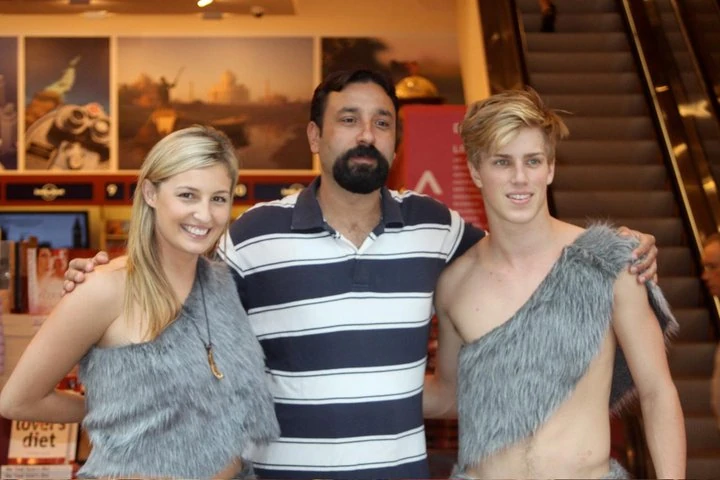

But the relationship between humans and cave bears has been mysterious. Prehistoric humans painted images of the animals on cave walls and carved their likeness in fragments of mammoth tusk. Cave bears had wider heads than today's bears, and powerful shoulders and forelimbs. Males weighed up to 1,500 pounds, 50 percent more than the largest modern grizzlies.

"Caves are good places to preserve bones, and cave bears had the good sense to die there," Bocherens says.Īlong with mammoths, lions and woolly rhinos, cave bears (Ursus spelaeus) were once among Europe's most impressive creatures. An abundance of bear bones has been found from Spain to Romania in caves where the animals once hibernated. People have been excavating cave bear remains for hundreds of years-in the Middle Ages, the massive skulls were attributed to dragons-but the past decade has seen a burst of discoveries about how the bears lived and why they went extinct. The method may be harsh, but the yield is precious-the chemical biography of a cave bear.īocherens, an evolutionary biologist at the University of Tübingen, Germany, is in the vanguard of research on the bear, a European species that died out 25,000 years ago.

Hervé Bocherens says his colleagues find his research methods a little "crude." He dissolves 30,000-year-old animal bones in hydrochloric acid strong enough to burn through metal, soaks the bone solution in lye, cooks it at about 200 degrees Fahrenheit and freeze-dries it until what's left is a speck of powder weighing less than one one-hundredth of an ounce.


 0 kommentar(er)
0 kommentar(er)
